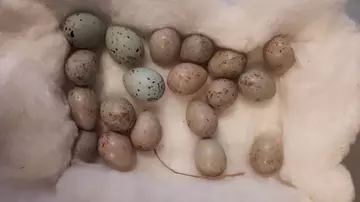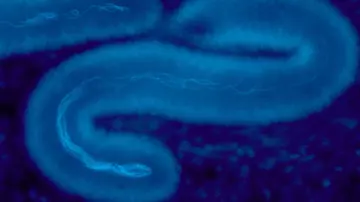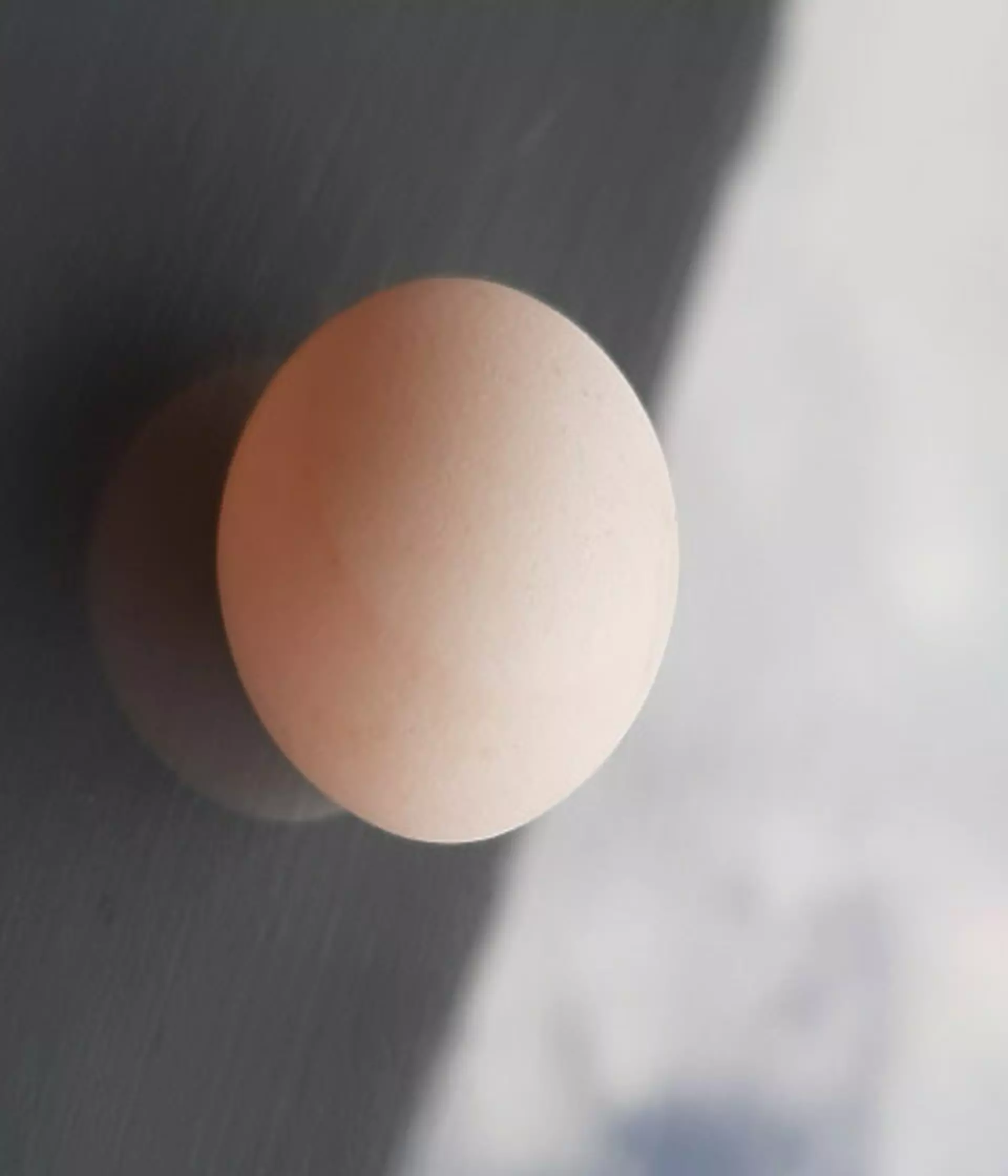
ZSL
Zoological Society of London
Conservation scientists at the University of Sheffield and ZSL (Zoological Society London) have recently published a review, in Royal Society Open Science, identifying the areas of the bird fertility literature that have received the least attention.
They found that fertility research has focussed more heavily on males, with around twice as many papers having been published on male fertility than on female fertility. There is still a lot of mystery surrounding fertility rates in birds, and we now know that the female factors have a strong influence on fertilisation outcomes, but there are some important research gaps left to fill.
This Biology Week, Katherine Assersohn, the lead author on this paper and PhD student at the University of Sheffield talks about why fertility in wild birds is important to their conservation, how the lack of knowledge about female fertility significantly hinders our understanding of reproductive failure in birds, and how her team are paving the way to addressing this data gap.
Infertility in birds – what do we know?
Most of us are familiar with the idea of fertility problems in people. But did you know that almost all other animals experience at least some degree of infertility too? Fertility is essential for reproduction, so we would expect natural selection to work strongly against any traits that might compromise fertility. Yet in nature, we see a remarkable amount of variation in fertility rates between species, populations and individuals. Some individuals produce many offspring, others produce few, and some never produce any offspring at all.
In non-human (and particularly non-mammalian) animals, our understanding of the causes of variation in fertility is surprisingly limited. In birds, for example, an average of 10% of eggs never hatch but the causes of this hatching failure are often unknown. The problem is particularly concerning for threatened bird populations, where in some extreme cases the rate of hatching failure can reach up to 77%. Even in commercial poultry, where certain breeding lines have been subjected to decades of artificial selection for high egg and chick production, we still see remarkable and so far, unexplained variation in rates of fertility.

Why are birds an ideal model system for studying reproductive failure?
Despite this lack of knowledge about the causes of infertility, birds are an ideal model system for studying reproductive failure for several reasons. For example, birds have large, well-protected eggs that can be examined and manipulated outside of the mother’s body before they degrade. In contrast, mammalian eggs are tiny and degrade quickly inside the mother’s body if development failed, making them difficult to find and examine. In birds, new microscopic techniques now also make it possible to precisely determine whether an egg failed to hatch because it wasn’t fertilised by a sperm cell, or because the embryo died very early in development. This distinction is still difficult to establish in other groups of animals.
Fertility research is lacking in female birds and wild populations
Our research has revealed that there are nearly twice as many papers published on male fertility traits compared to female fertility traits in birds, and this research gap is widening over time. The causes of this deficit of research on female bird fertility is unclear, but there is great potential for female factors to influence the outcome of fertilisation. Despite this, if and how females influence the successful fertilisation of their eggs is often neglected in favour of male processes (such as sperm quality and quantity).
During our research, we also found that the vast majority of the bird fertility literature has focussed on the study of captive populations, and is heavily dominated by studies of just one species – the domestic chicken (Gallus gallus domesticus). There is no doubt that the wealth of information available for poultry is a unique and valuable resource for bird reproduction research, but bird species are exceptionally diverse in terms of physiology and life history, which means limited ability to transfer knowledge from poultry studies to other bird species. It is therefore important we improve our understanding of fertility across a greater diversity of birds, particularly wild populations and those that have not been selected for high reproductive productivity.
How do we tackle these research gaps?
To begin to address these research gaps, we reviewed the female fertility literature in birds, identifying and exploring the key stages of the female reproductive cycle where fertility can be compromised. We broadly categorise the mechanisms of female infertility in birds into five key processes: (i) failure to produce fertilisable eggs in the ovary, (ii) failure to ovulate, (iii) failure to obtain sufficient sperm for fertilisation, (iv) failure to store and transport sperm to the site of fertilisation, and (v) failure of fertilisation of the egg by sperm.
To gain a more complete understanding of the causes of infertility in birds, we must give greater consideration to the role that female physiological processes play in determining fertilisation success. Future work should focus on monitoring failed breeders and investigating the underlying reproductive problems, particularly for breeding pairs where copulation was known to be successful, but no eggs were produced. If this information cannot be collected, it is useful for researchers to at least acknowledge that infertility rates may be underestimated. It is also particularly important to identify and reduce the gaps in our understanding of fertility issues for wild birds, where improved knowledge will have especially important implications for the conservation of threatened species that suffer from high rates of hatching failure.

Our review lays the groundwork for a greater understanding of infertility in female birds, a topic that has been historically understudied. Enhancing our knowledge in this area will have important implications for various fields, including reproductive science and commercial animal breeding, but it will particularly benefit conservation management programmes for threatened species, where every egg counts, and even small improvements to reproductive outcomes are valuable. It will also allow us to improve predictions for how birds might respond to current and future environmental challenges, such as increasing temperatures, habitat and resource degradation, and anthropogenic pollution.
PRACTICAL RESOURCES FOR IDENTIFYING THE CAUSES OF HATCHING FAILURE IN BIRDS
